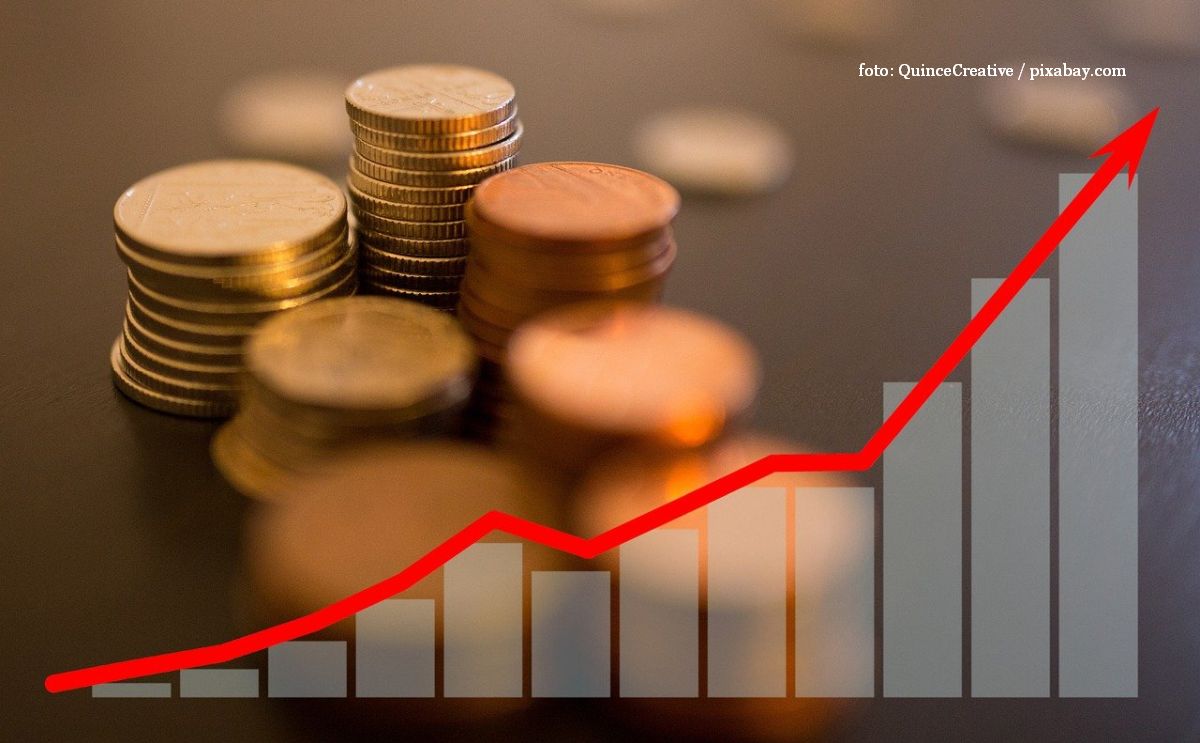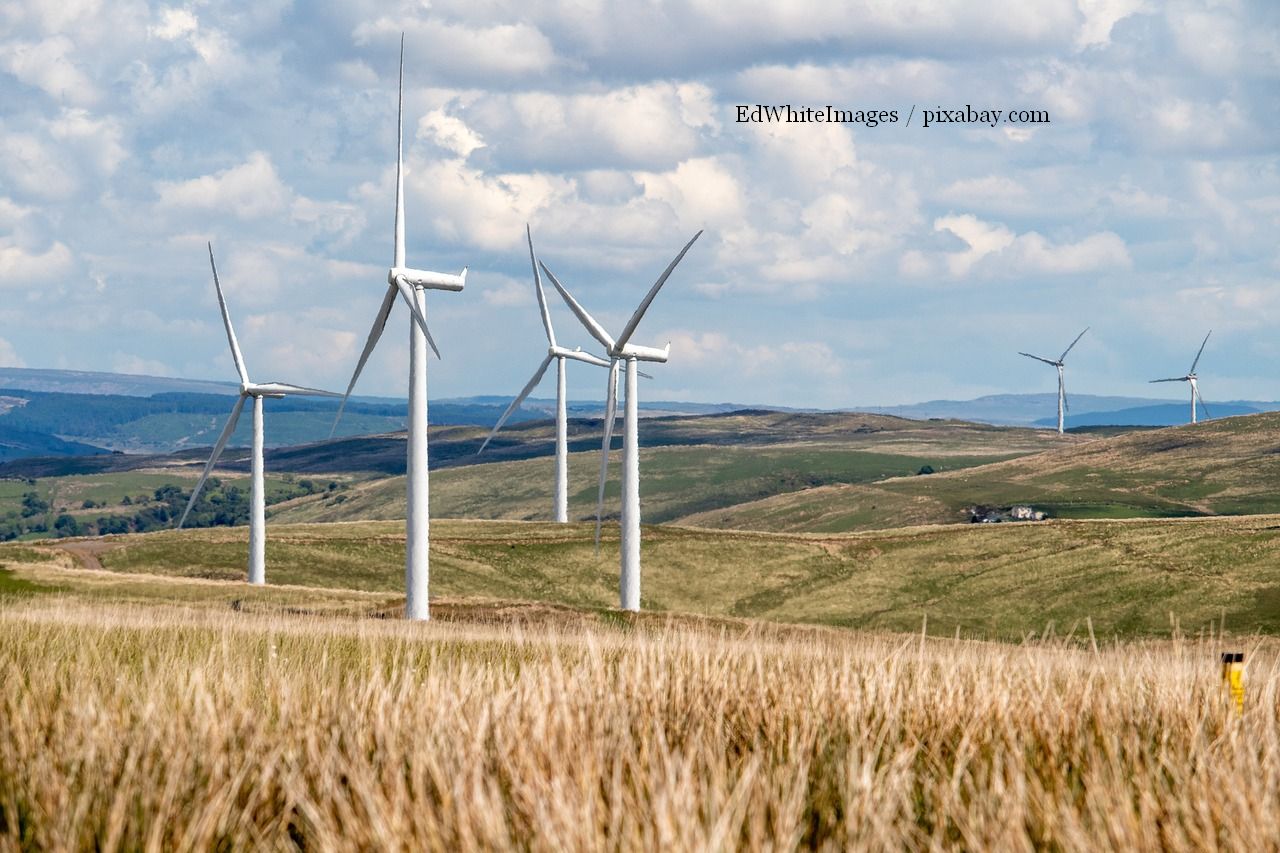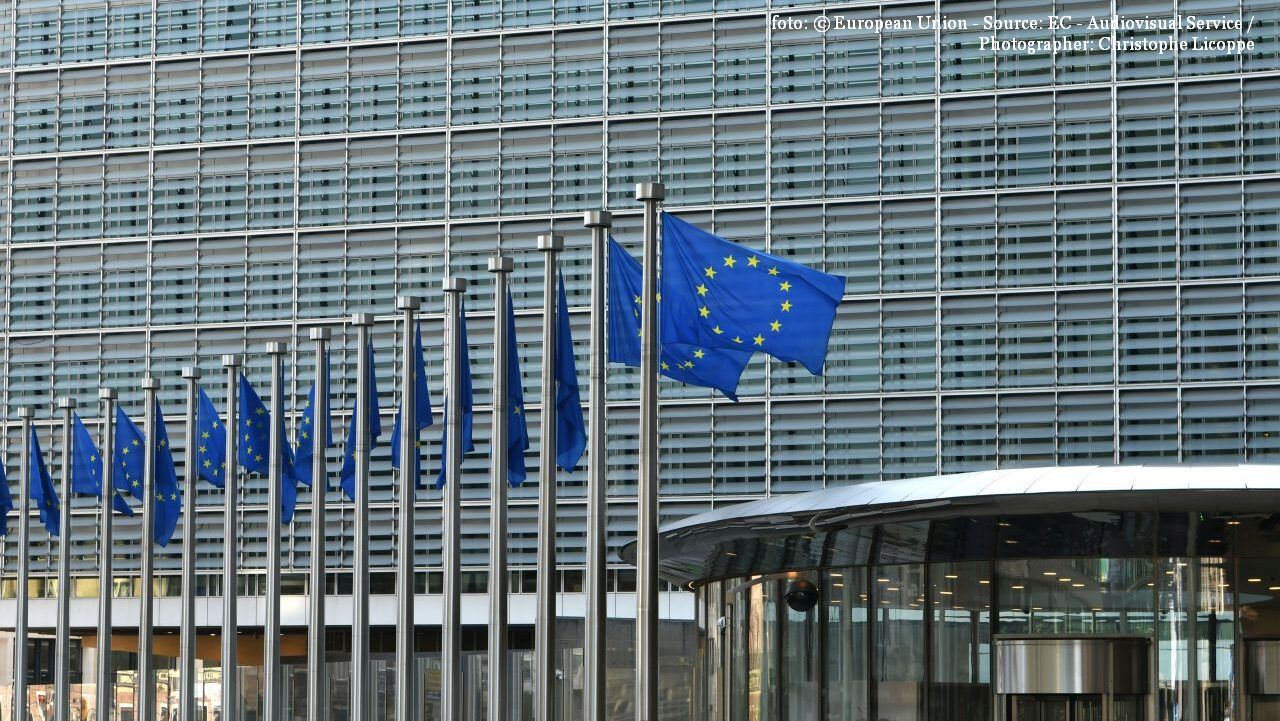Consumer Credits on the Rise in Romania
Romanians are more and more relying on consumer debts

Daniela Budu, 31.05.2024, 13:55
In March this year Romanians had 70% more consumer credits as compared to the same period last year while in the past 12 months credits to the population rose by 8.2%, data released by Romania’s Central Bank shows.
So, the total value of new consumer credits in March registered an all time high of roughly 830 million Euros, surpassing even the mortgages. According to the Central Bank, known in Romania as BNR, the annual interest rate in March 2023 exceeded 14%, the highest rate of the past decade against 11.3% in March 2024.
According to the BNR Governor, Mugur Isărescu, people resorted to credits because they realized the high interest rates are below the inflation rate, which made credits relatively advantageous.
In turn, pundits believe the latest pay rises have given an impetus to consumption in Romania and its development will contribute to economic growth at the same time bearing on inflation, whose downward trend has slowed down against the previous expectations.
According to financial analyst Adrian Codirlasu, the present upward trend of the credits is normal against the dropping inflation and implicitly the interest rates.
Adrian Codirlasu: “This tendency of increasing the number of loans will continue against the dropping inflation and we are going to see some peaks in terms of loans and crediting. How can this be explained? Simple, it’s the economic growth, the higher GDP rate, which are responsible for this phenomenon. And if we take the loans granted to the Romanians, we can see they have risen by 8.2% against the household deposits, which have risen by roughly 22%. A rising number of loans means economic growth, so, consumption is one of the economy’s engines.”
Furthermore, the latest data released by the national institute for statistics shows that in March, the gross average wages stood at 17 hundred Euros with a net value of 10 hundred Euros, which is a 17% rise as compared to March last year.
The BNR governor has pointed out that the incomes are growing against the productivity and this will have a significant impact on inflation. As for the inflation rate, Mugur Isărescu says it will continue to drop but in a slower pace that expected. We recall that the Central Bank has revised up the forecast for the inflation rate for the end of the year from 4.7% to 4.9%. According to the spring forecast issued by the European Commission, Romania will continue to have one of the highest inflation rates, roughly 6%, more than double the European average.
(bill)






























